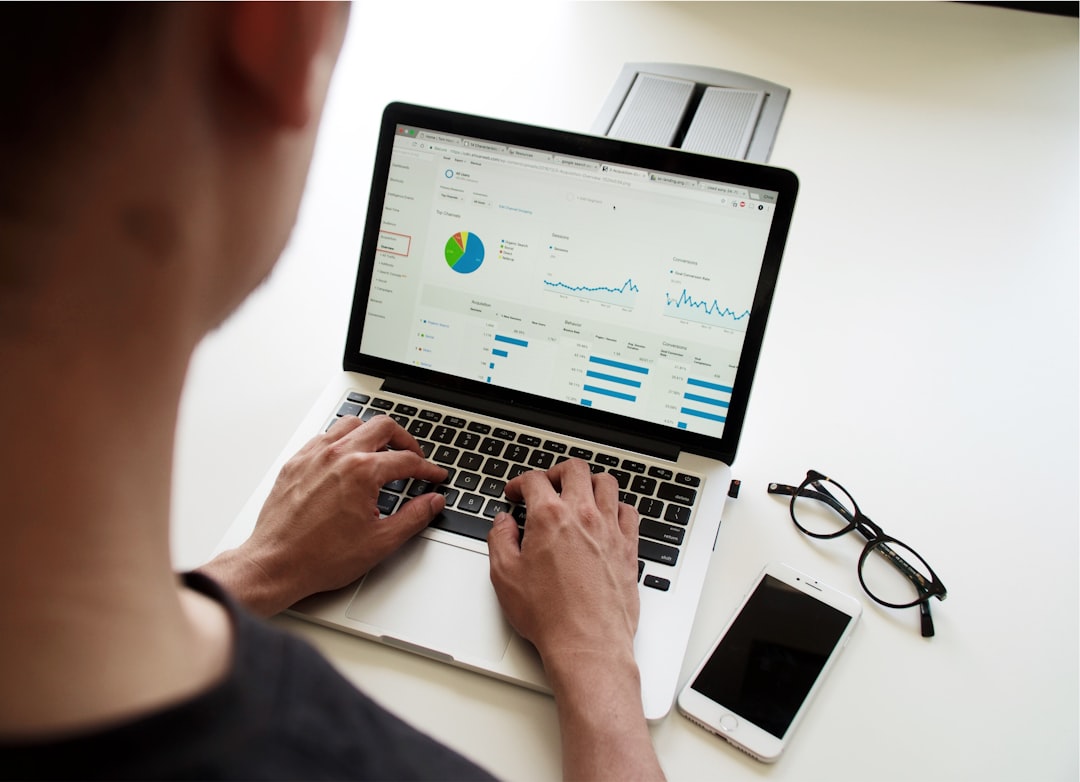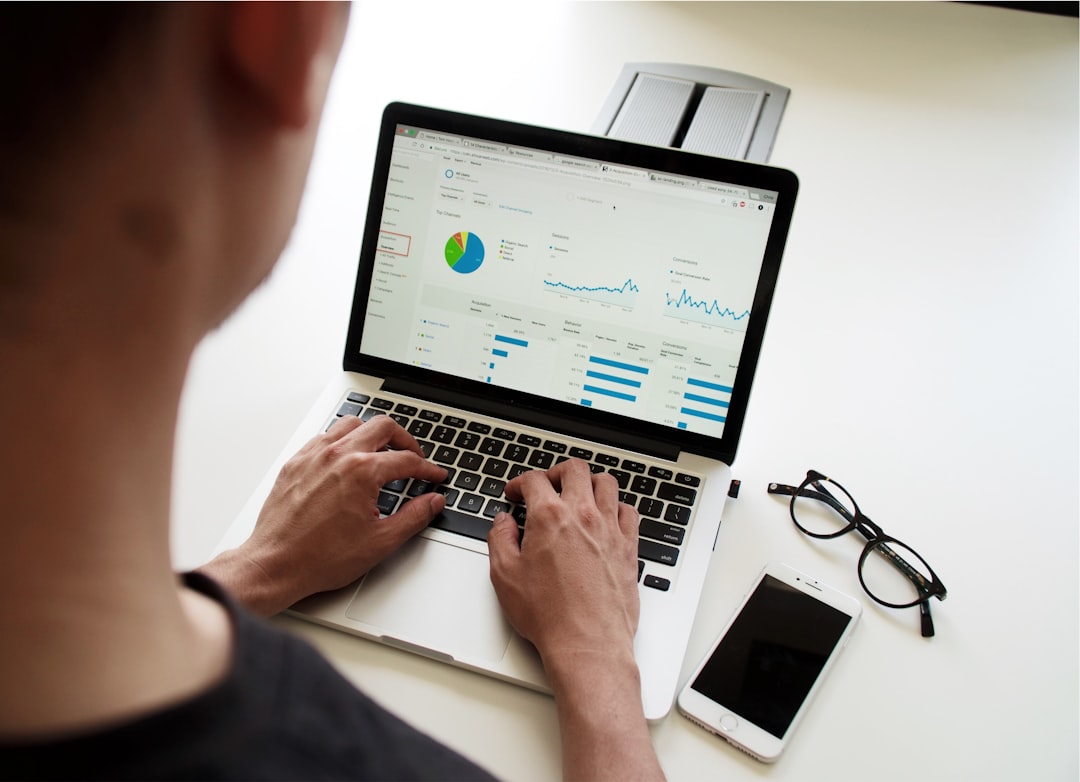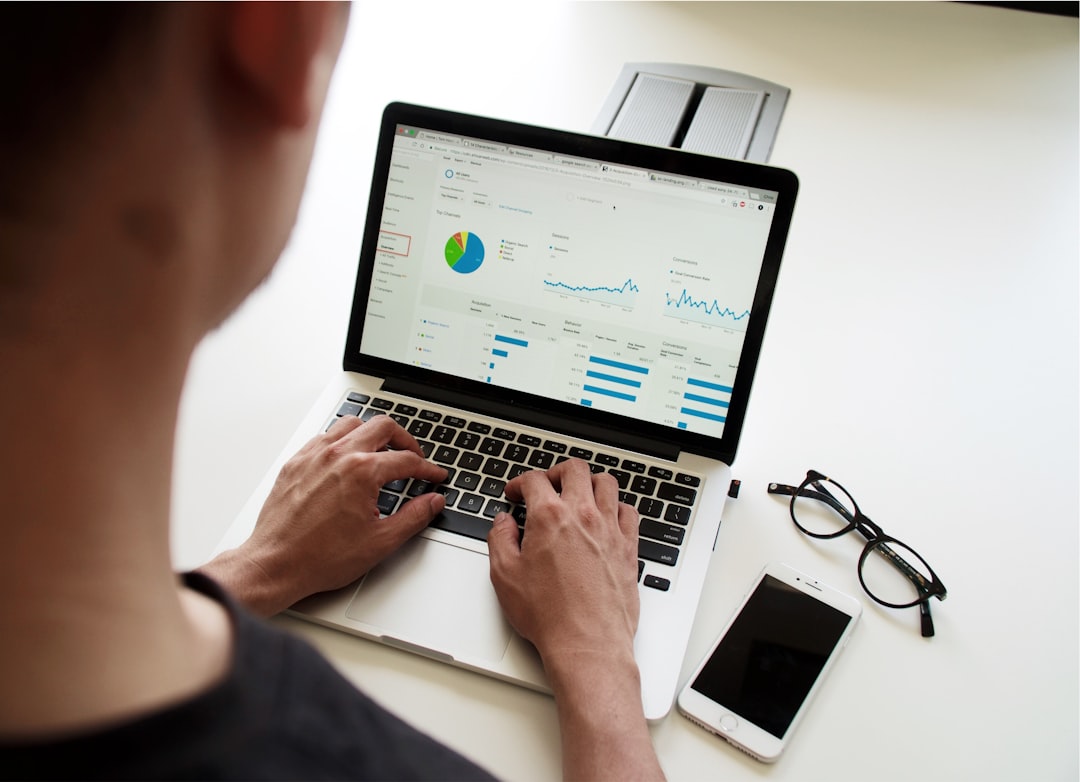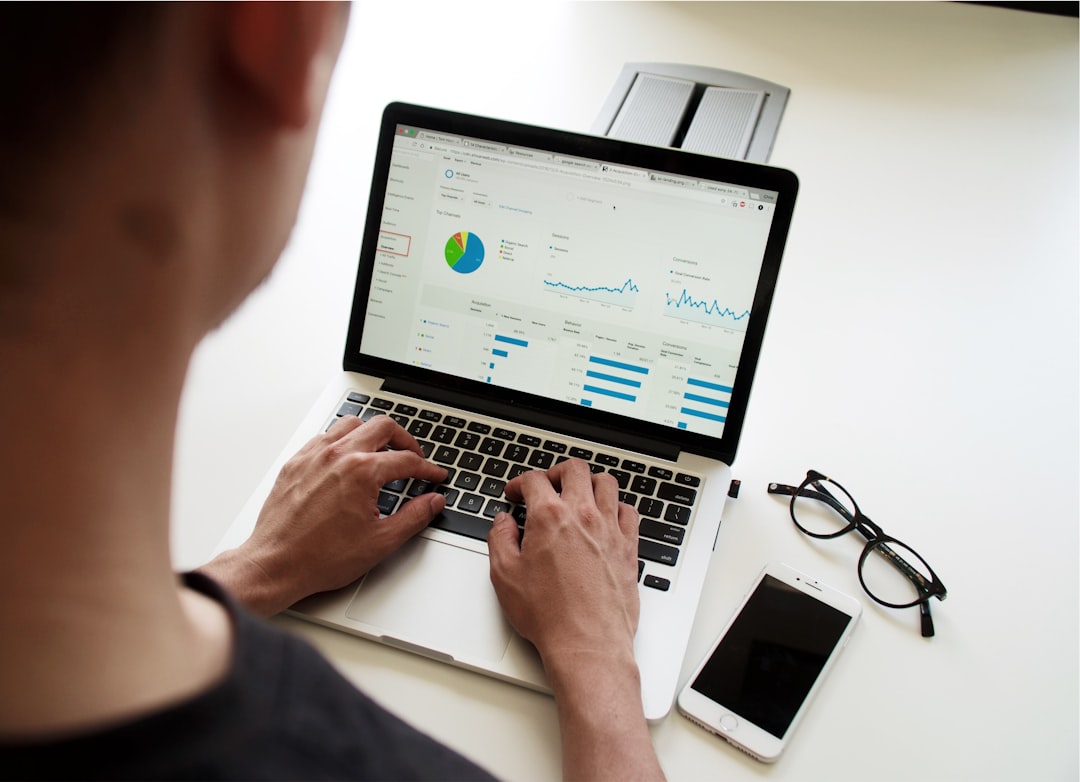Unlock encrypted content
Please enter your SSCE key to initiate on-the-fly decryption.
Decryption key: (Click cancel if you don't have the key)
Copied link to clipboard.
This feature is unavailable for free accounts. Upgrade now and enjoy all Premium benefits.
Go Premium!
This feature is unavailable for free accounts. Upgrade now and enjoy all Premium benefits.
Go Premium!
Please open this page in browser ( Google Chrome or Safari ) to use this feature.
Open In Browser
File Access Auditing: Enhancing Security and Accountability
Random related video for this blog.
Copied share link to clipboard.
With the increasing reliance on technology and the growing threat of cyberattacks, organizations and individuals need robust solutions to protect their sensitive information. This is where file access auditing comes into play. By implementing file access auditing mechanisms, businesses can monitor and track who accesses their files, when they access them, and what actions they perform. In this article, we will explore the concept of file access auditing, its benefits, and how it contributes to overall data protection.
The Importance of File Access Auditing
File access auditing provides organizations with a comprehensive overview of file activity within their systems. It allows them to monitor user behavior, detect any unauthorized access attempts, and identify potential security breaches. By tracking file access, organizations can quickly respond to suspicious activities, mitigate risks, and prevent data breaches. One of the key advantages of file access auditing is the ability to enforce accountability. With a detailed audit trail, organizations can attribute actions to specific individuals or accounts, ensuring that any malicious or unauthorized activities can be traced back to their source. This not only acts as a deterrent for potential wrongdoers but also helps in identifying and taking appropriate actions against insider threats. Furthermore, file access auditing plays a vital role in regulatory compliance. Many industries, such as healthcare and finance, are subject to strict data protection regulations. By implementing file access auditing, organizations can demonstrate compliance with regulatory requirements, maintain the integrity of their systems, and avoid hefty penalties for non-compliance.Implementing File Access Auditing
To implement file access auditing, organizations can utilize various tools and technologies. These include log management systems, security information and event management (SIEM) solutions, and file auditing software. These tools capture and analyze log data, providing real-time insights into file access activities. When implementing file access auditing, it isessential to define the scope of auditing. Organizations need to determine which files, folders, or systems require auditing and what specific events or actions should be tracked. This could include actions such as file read, write, delete, or modify, as well as user login attempts and changes to file permissions. Additionally, organizations should establish clear policies and procedures for file access auditing. This includes defining roles and responsibilities, establishing access controls, and regularly reviewing and analyzing audit logs. By having a comprehensive auditing framework in place, organizations can proactively address security concerns, identify potential vulnerabilities, and continuously improve their data protection strategies.
Conclusion
File access auditing is a crucial component of modern-day data protection strategies. By monitoring and tracking file activities, organizations can enhance security, enforce accountability, and ensure regulatory compliance. Implementing file access auditing mechanisms not only helps in preventing data breaches but also enables organizations to respond effectively to security incidents. As technology continues to evolve, file access auditing will remain an essential tool in safeguarding our valuable information.Frequently Asked Questions (FAQs)
Question: How does file access auditing contribute to data protection?
Answer:
File access auditing allows organizations to monitor and track who accesses their files, when they access them, and what actions they perform. This helps in detecting unauthorized access attempts, enforcing accountability, and mitigating the risk of data breaches.
Question: Which industries can benefit from file access auditing?
Answer:
File access auditing is beneficial for a wide range of industries, particularly those that handle sensitive information such as healthcare, finance, and legal sectors. Compliance with data protection regulations is crucial for these industries, and file access auditing helps in maintaining regulatory compliance.
Question: What tools can be used for file access auditing?
Answer:
There are various tools and technologies available for file access auditing, including log management systems, security information and event management (SIEM) solutions, and file auditing software. These tools capture and analyze log data, providing real-time insights into file access activities.
Question: How can file access auditing help in detecting insider threats?
Answer:
By tracking file access and maintaining a detailed audit trail, organizations can attribute actions to specific individuals or accounts. This helps in identifying and taking appropriate actions against insider threats, ensuring the security and integrity of sensitive information.
Case Studies:
Case Study 1: XYZ Corporation XYZ Corporation, a leading financial institution, implemented file access auditing to enhance their data protection measures. By monitoring file access activities, they were able to detect and prevent unauthorized attempts to access sensitive financial data. This helped in safeguarding customer information and maintaining regulatory compliance.
Case Study 2: ABC Healthcare ABC Healthcare, a large healthcare provider, faced challenges in ensuring the security of patient data. By implementing file access auditing, they were able to track and monitor file activities, ensuring that only authorized personnel accessed sensitive medical records. This significantly reduced the risk of data breaches and improved overall data protection. To learn more about file transfer, backup, and secure file sharing, visit FileLu. FileLu offers premium plans ranging from 256 GB to 500 TB at prices as low as $2.50 per month, as well as free plans from 10 GB to 250 GB. With FileLu, you can securely transfer, store, and share your files while ensuring the highest level of data protection.
By Amelia Isabella
Email: [email protected]
Related
Cloud Storage Reliability: A Game-Changer in Data Management and Collaboration.
June 18, 2023
Read More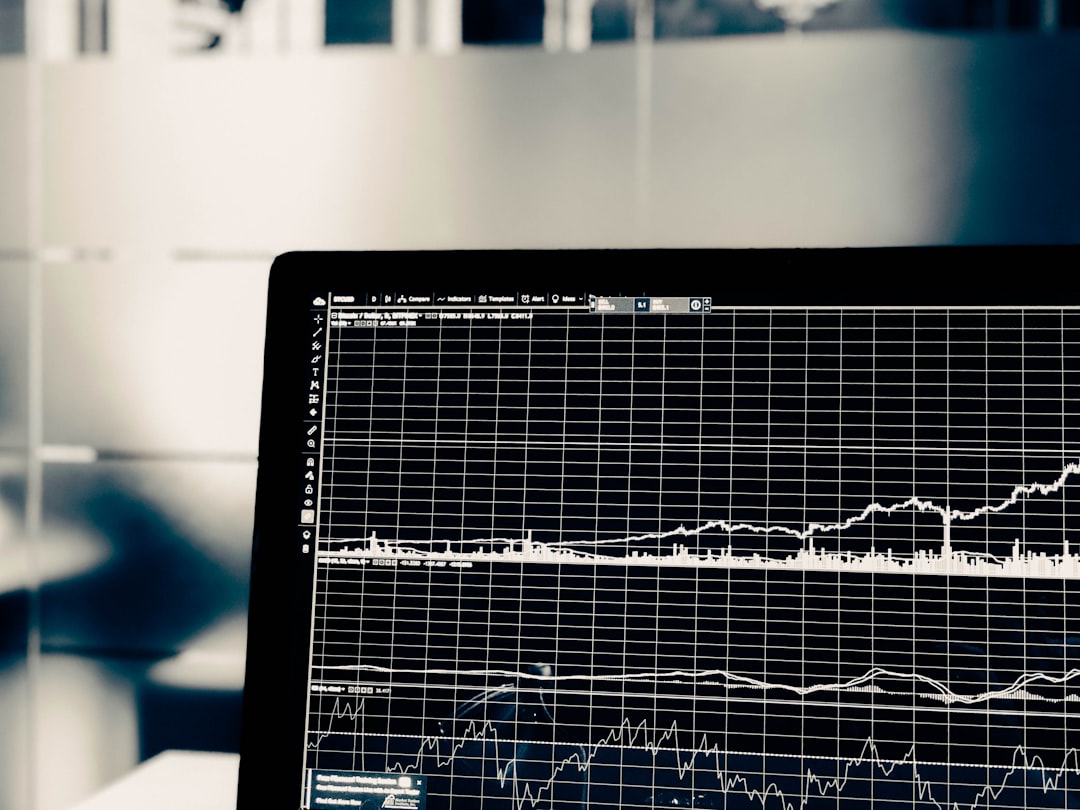
Popular
Latest
The Future of Digital Transformation: Exploring Smart Homes, Efficient File...
November 30, 2025
Read More
Exploring the Benefits of Cloud Storage and Innovative Technologies in...
November 26, 2025
Read More
The Future of Technology: Exploring Biohacking, Space Tourism, and Digital...
November 23, 2025
Read More
The Future of File Sharing: Streamlined Workflows for Photographers and...
November 19, 2025
Read More
Exploring the Intersection of Technology: From Cybersecurity to Augmented Reality...
November 16, 2025
Read More
The Future of File Management: Embracing Edge Computing and Efficient...
November 12, 2025
Read More
The Future of File Sharing: Exploring User-Friendly Solutions and Data...
November 5, 2025
Read More
The Future of Cloud Storage: How FileLu Empowers Creative Professionals...
November 2, 2025
Read More
The Future of Autonomous Technologies: Innovations in Robotics, File Sharing,...
October 29, 2025
Read More
Emerging Technologies Revolutionizing File Management: From Li-Fi to Robust Collaboration...
October 26, 2025
Read More
Emerging Technologies: Exploring the Impact of File Access Auditing, Genetic...
October 19, 2025
Read More
The Future of Data Storage: Exploring Advanced Encryption, Mobile Integration,...
October 5, 2025
Read More
Exploring the Future of Data Management: Security, Efficiency, and Cognitive...
September 28, 2025
Read More
Revolutionizing Data Management: Innovations in Storage, Security, and Sustainable Technology.
September 24, 2025
Read More

